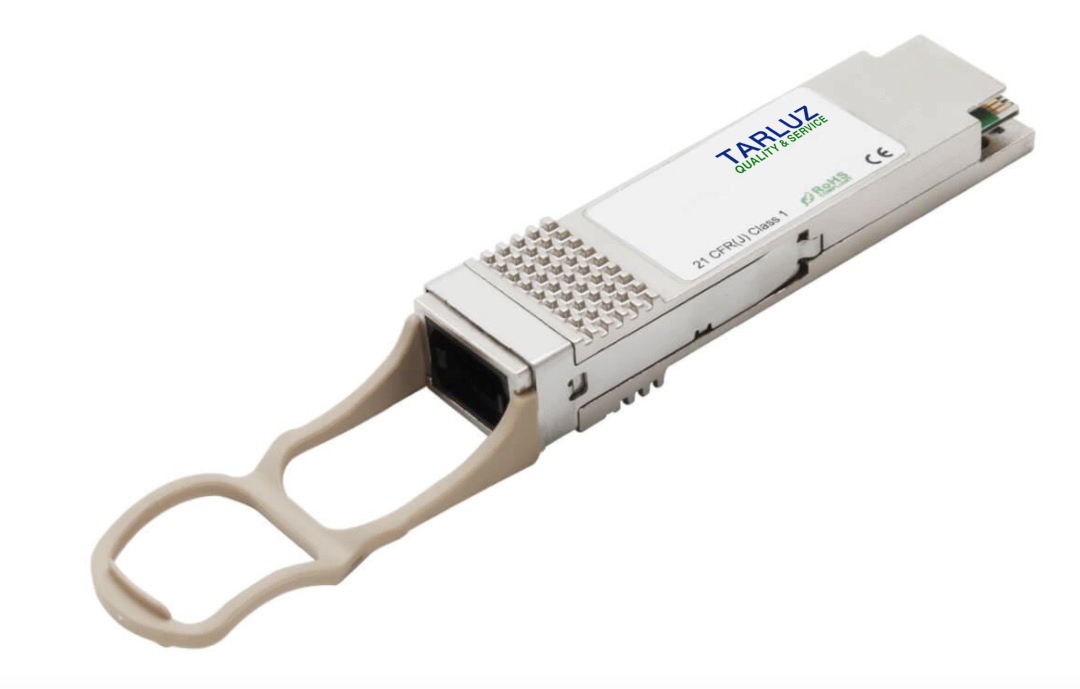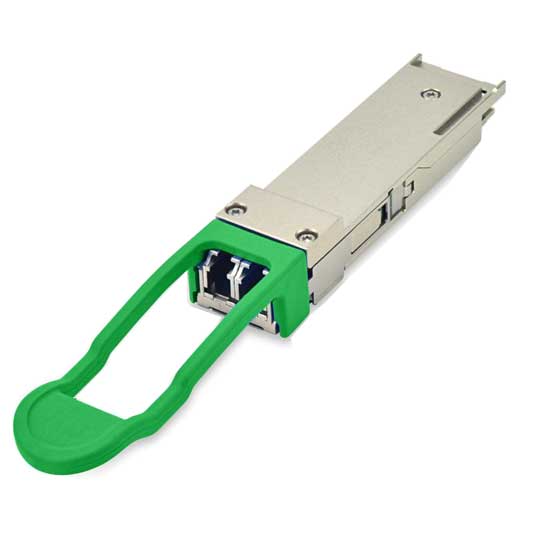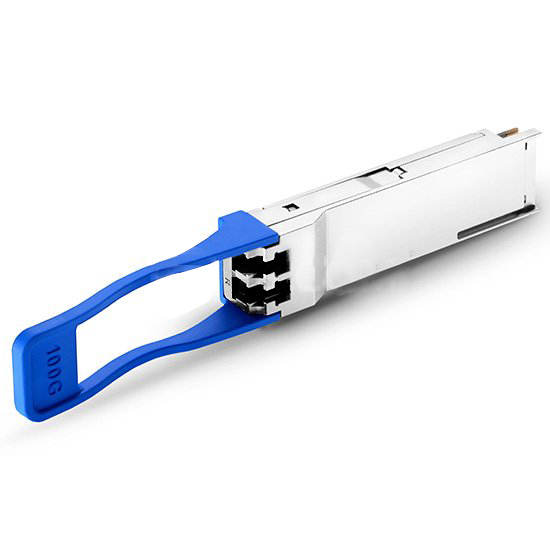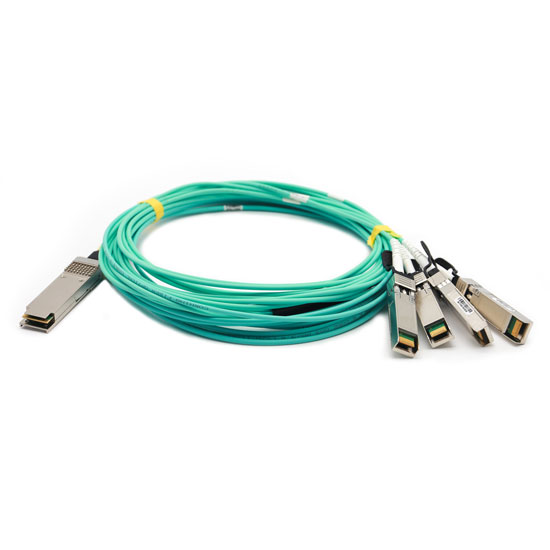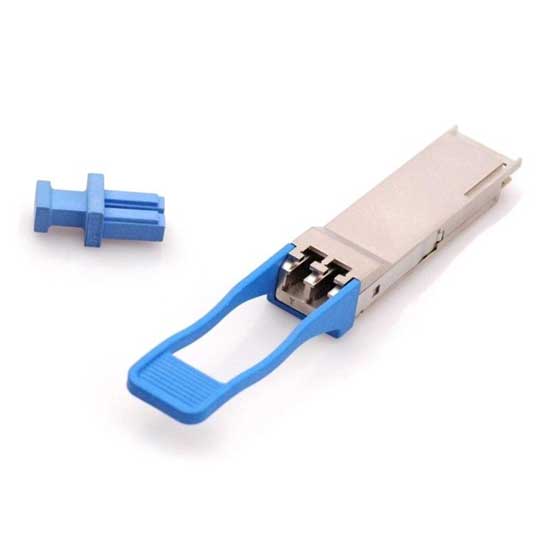1. What makes 100G QSFP28 Transceiver different from 40G QSFP+ Transceiver?
It has the same size form factor and the maximum number of ports as a QSFP+ transceiver, but the lane speeds are increased from 10Gbps to 25Gbps. The increase in panel density is even more dramatic when compared to some of the other 100 Gbps form factors: 450% versus the CFP2 and 360% versus the CPAK (Cisco proprietary).
2. How many QSFP28’s can fit into one switch?
With QSFP28 transceivers, a one rack-unit switch can accommodate up to 36 QSFP28 ports. Many more varieties of transceivers and cables can plug into these ports. The cables can plug into these ports. The cables can be either copper direct attach cables (DACs) or active optical cables (AOC’s)
3. Which vendors will this product be compatible with?
The QSFP28 transceiver will be compatible with generic code or compatible with Cisco, Arista or Juniper etc device.
4. Where is the demand driven from?
The target audience for QSFP28 transceivers is large-scale data centers and carriers.
SR – Servers, switches, storage and host card adapters for Data center interconnect
LR – Same as SR for Data centers and client side 100G Telecom connections
5. Why buy from TARLUZ?
- Competitively priced compared to OEM’s
- Compatible with a number of vendors
- Short lead-times that beat the competition.
